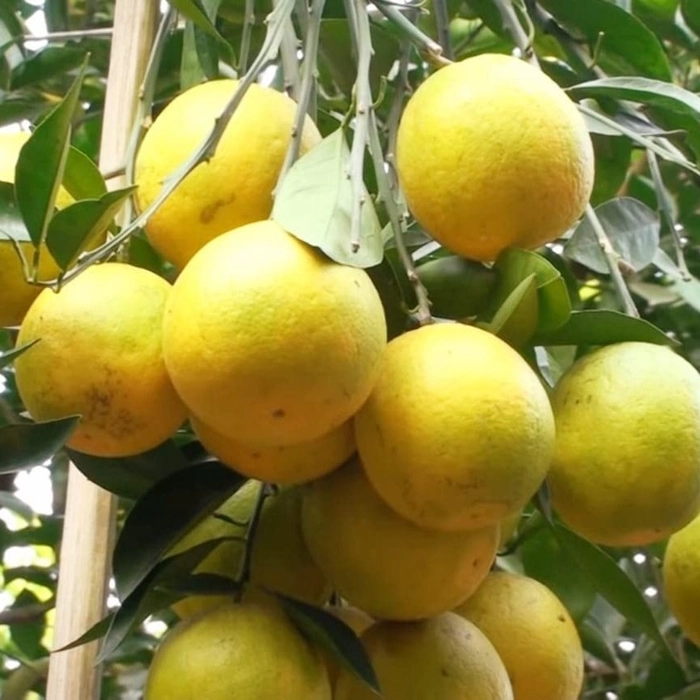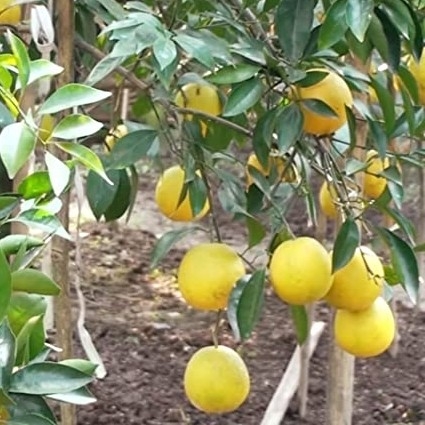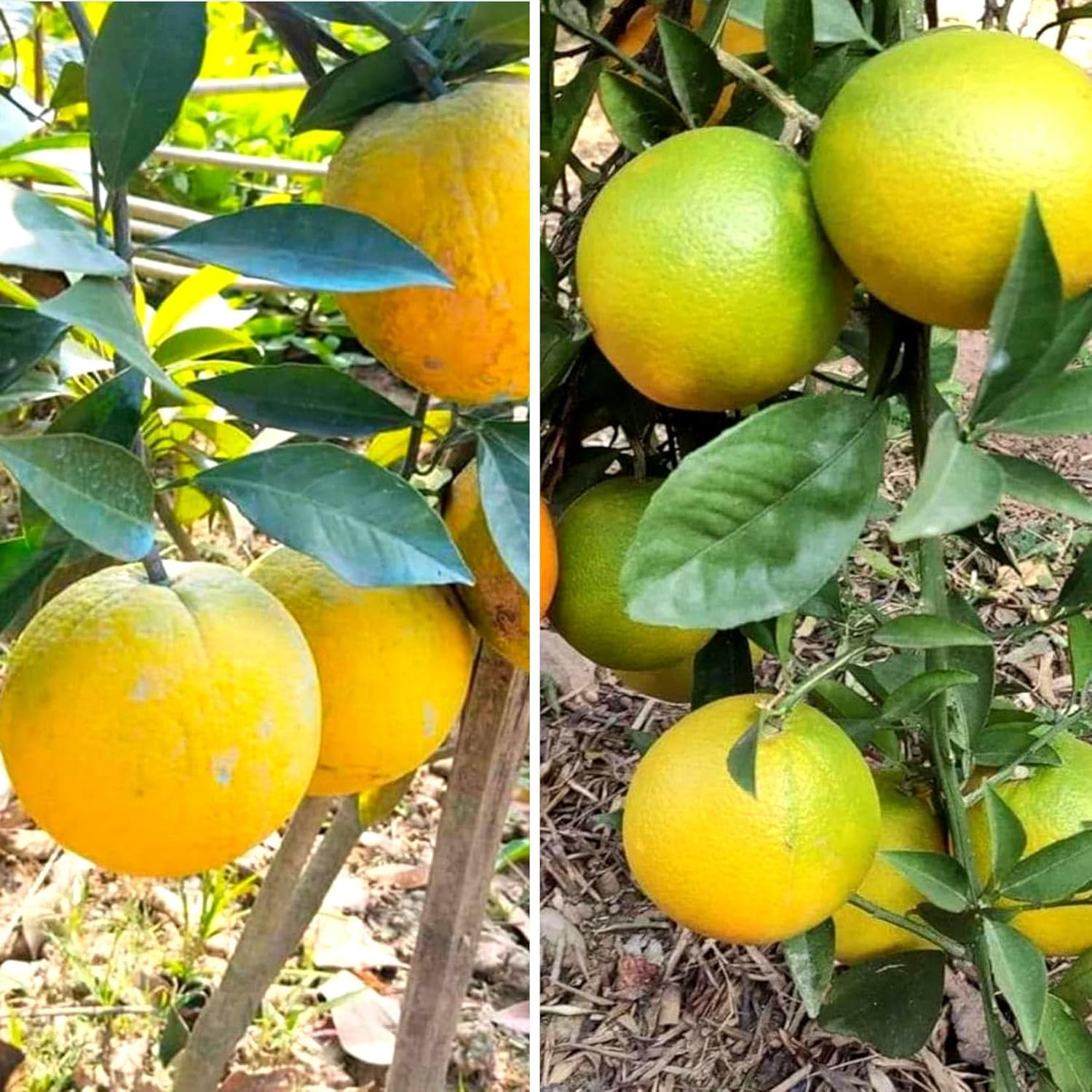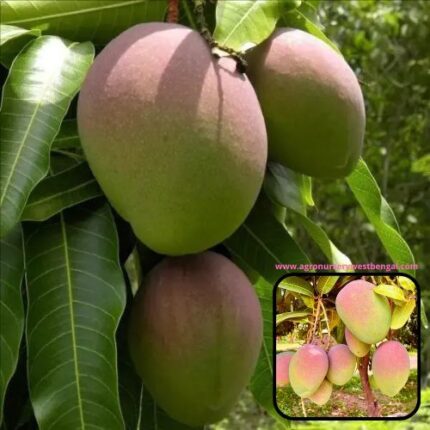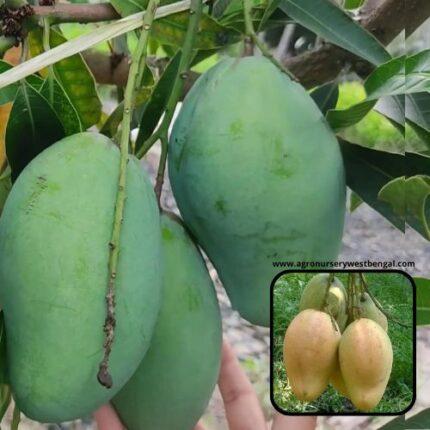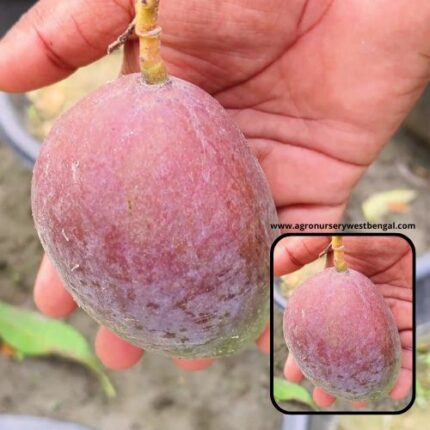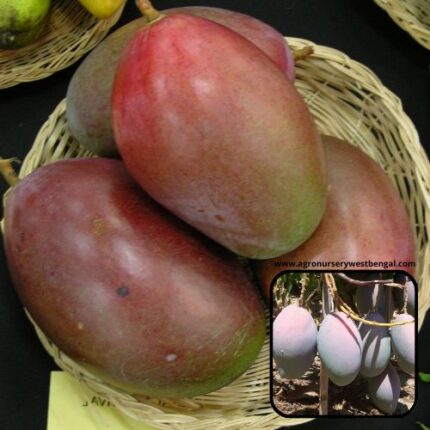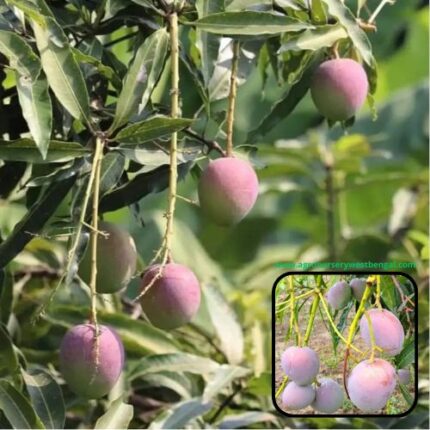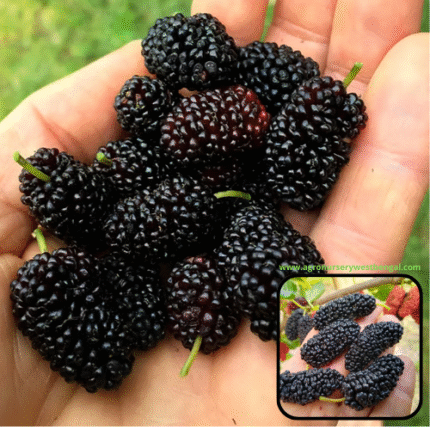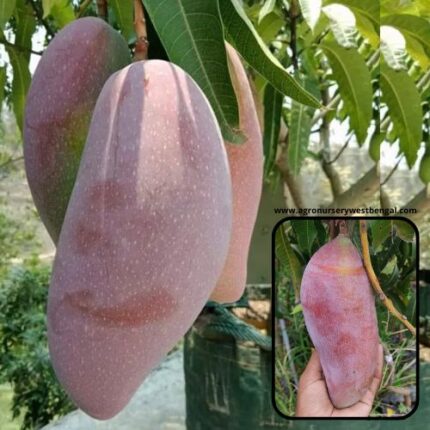
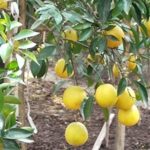
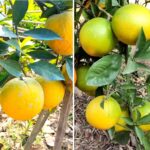
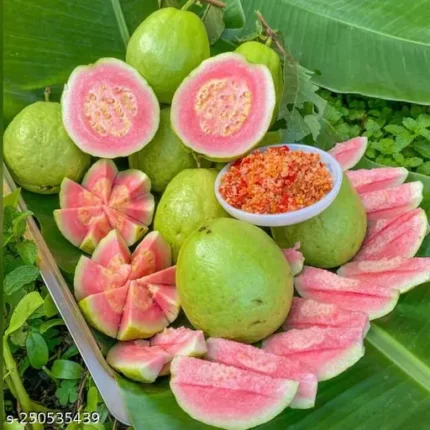
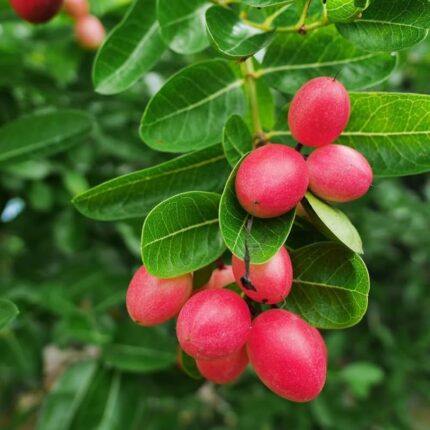
Yellow Malta fruit plants
₹699.00 Original price was: ₹699.00.₹499.00Current price is: ₹499.00.
The term “Yellow Malta” typically refers to a variety of sweet orange (Citrus sinensis), often specifically a cultivar known for its bright yellow rind when ripe, and sometimes yellow flesh. In India, “Malta” is a common name for certain types of sweet oranges, particularly those grown in regions like Punjab, Himachal Pradesh, and Uttarakhand. It’s closely related to and often confused with Mosambi (Sweet Lime, Citrus limetta), but generally, Malta is a type of sweet orange, while Mosambi is a sweet lime.
Here’s a detailed description of the Yellow Malta fruit:
1. Botanical Classification:
- Scientific Name: Citrus sinensis (Sweet Orange)
- Family: Rutaceae (Citrus family).
- Relationship: While “Malta” can be a general term for some sweet citrus, Yellow Malta specifically points to a sweet orange variety. It’s distinct from lemons (Citrus limon) and limes (Citrus aurantifolia or Citrus latifolia), though some sources might inaccurately link it to lemons. It’s also different from true blood oranges (which are Citrus sinensis varieties with red flesh).
2. The Plant (Tree):
- Appearance: Yellow Malta grows on an evergreen citrus tree, typically medium-sized, with glossy, dark green leaves.
- Flowers: Produces fragrant white flowers, characteristic of citrus trees.
- Cultivation: Thrives in warm to subtropical climates and requires well-drained soil and ample sunlight. It’s a popular commercial crop in parts of India.
3. The Fruit:
- Appearance:
- Shape: Typically round to slightly oval or spherical, similar to a common orange.
- Size: Medium to large in size, often comparable to or slightly larger than a regular orange. Some cultivars like ‘Misoriyo Yellow Malta’ are noted for bearing the largest fruit among Malta varieties.
- Skin (Rind): The most defining feature of “Yellow Malta” is its vibrant, glossy yellow skin when fully ripe. The skin is usually smooth or slightly pebbled, and of medium thickness. It’s generally easy to peel, similar to an orange.
- Flesh (Pulp): The internal flesh is segmented (typically 10-12 segments) and is a yellow to pale orange color. It is tender, very juicy, and succulent.
- Juice: Known for having a high juice content.
- Seeds: Contains varying numbers of seeds, depending on the specific cultivar. Some varieties might be relatively seedless, while others have a moderate number of seeds.
- Taste and Flavor Profile:
- Sweetness: Yellow Malta is primarily known for its distinctly sweet taste. It’s often described as being sweeter than many other orange varieties.
- Low Acidity: A key characteristic is its low acidity, which makes it very mild and less tangy or sour compared to other citrus fruits like lemons or even some oranges. This low acidity contributes to its “sweet orange” profile.
- Refreshing: Its high juice content and balanced sweetness make it very refreshing.
- Flavor Notes: The flavor is typically a pure, sweet citrus, without the intense tartness of a lemon or the slight bitterness sometimes found in grapefruits. Some might describe it as having a delicate, almost insipid flavor if expecting a strong tangy kick.
- Aroma: A ripe Yellow Malta fruit has a pleasant, sweet, and characteristic citrus aroma.
4. Ripeness:
- A ripe Yellow Malta will have a consistent, bright yellow color and will feel firm but yield slightly to gentle pressure. It will also be heavy for its size due to its juice content.
5. Culinary Uses:
- Fresh Eating: Primarily consumed fresh due to its excellent sweetness and juiciness. It’s a popular snack fruit.
- Juicing: Highly valued for its high juice yield and sweet, mild flavor, making it a favorite for fresh juices.
- Fruit Salads: Segments can be added to fruit salads.
- Desserts: Can be used in various desserts, jams, and marmalades, although its low acidity might require additional lemon juice for setting in preserves.
6. Nutritional Value and Health Benefits: Yellow Malta, like other sweet oranges, is highly nutritious:
- High in Vitamin C: An excellent source of Vitamin C, a powerful antioxidant that supports the immune system, promotes healthy skin, and aids in iron absorption.
- Good Source of Dietary Fiber: Contains dietary fiber, which aids digestion, promotes bowel regularity, and can help manage blood sugar levels.
- Hydrating: Its high water content makes it very hydrating.
- Antioxidants: Contains various antioxidants, including flavonoids, which help protect the body’s cells from damage.
- Minerals: Provides some potassium (important for blood pressure regulation) and other essential minerals in smaller amounts.
- Low in Calories: A healthy and refreshing low-calorie fruit choice.
In summary, “Yellow Malta” refers to a type of sweet orange prized for its bright yellow rind, abundant juicy pulp, and predominantly sweet flavor with very low acidity. It’s a highly refreshing and nutritious citrus fruit, widely enjoyed fresh and as juice.

